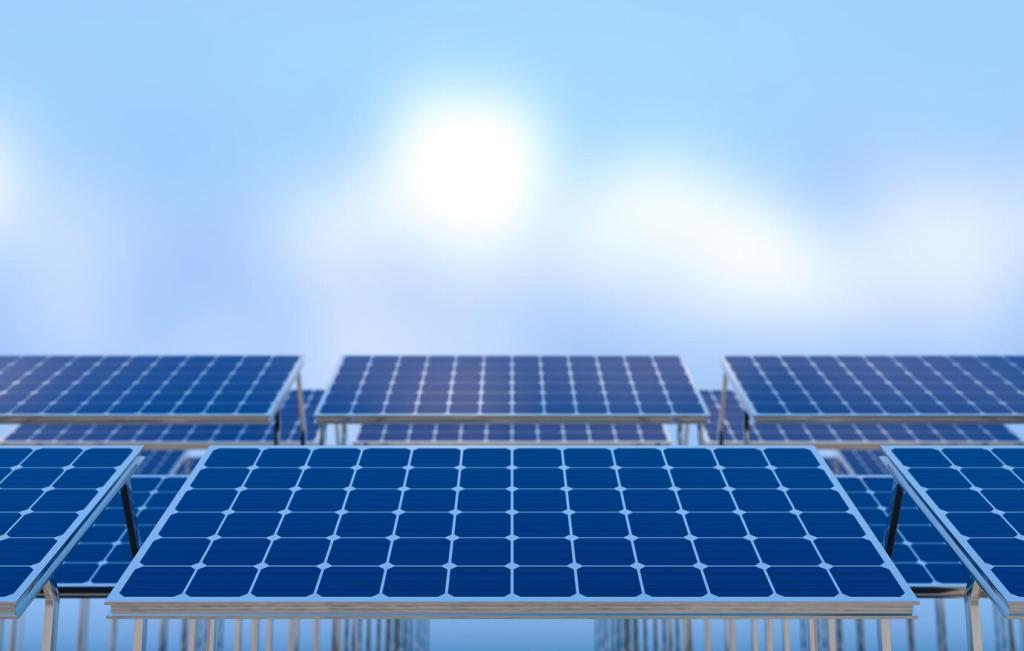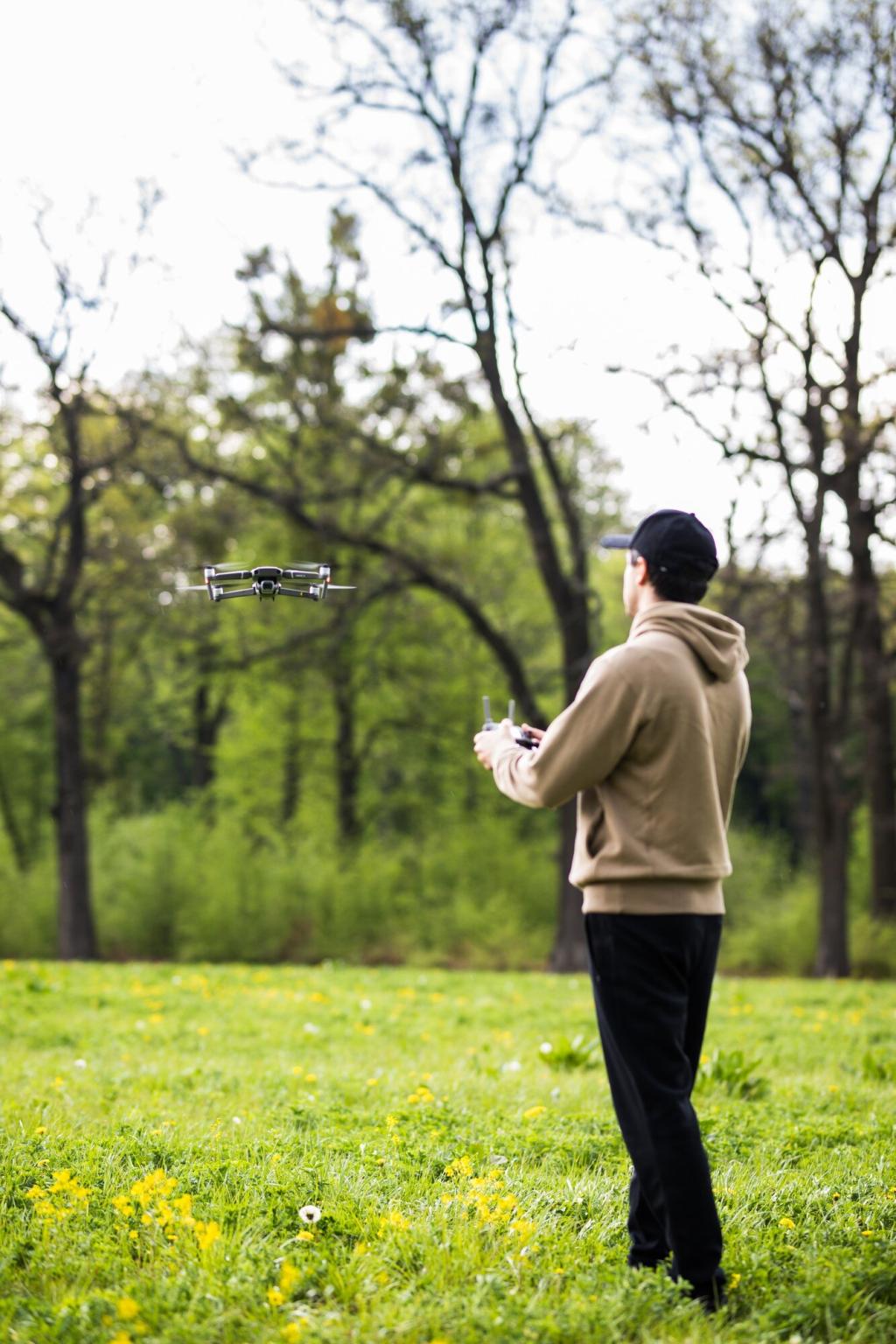Future Trends in Eco-Friendly Urban Construction
The landscape of urban development is undergoing a remarkable transformation as cities worldwide increasingly prioritize sustainability and environmental responsibility. Future trends in eco-friendly urban construction aim to address pressing challenges such as climate change, resource depletion, and the need for healthier living environments. By embracing innovative technologies, new materials, and smarter design strategies, urban planners and builders are shaping cities that are not only more resilient but also promote the well-being of their communities and the planet.

Advancements in Sustainable Building Materials
One of the significant breakthroughs in sustainable construction is the integration of biodegradable and renewable resources as primary building materials. These include cross-laminated timber from responsibly managed forests, bamboo, hempcrete, and even mycelium-based products. These materials not only reduce reliance on traditional, high-emission options like concrete and steel, but also sequester carbon and support energy-efficient building practices. With a focus on renewability and end-of-life compostability, biodegradable materials are setting new standards for eco-friendly design without compromising strength or durability.

Smart Technologies for Green Urban Infrastructure
01
Intelligent Building Management Systems
The rise of intelligent building management systems (BMS) has equipped urban structures with the capacity to monitor and optimize energy and resource consumption continuously. Advanced BMS leverage sensors, data analytics, and machine learning to control HVAC, lighting, water usage, and security, ensuring buildings operate at peak efficiency. These systems adapt to occupancy patterns and external conditions, automatically adjusting settings to reduce waste and enhance occupant comfort. The result is a substantial reduction in operational costs and a marked improvement in overall sustainability performance.
02
Urban Energy Networks and Microgrids
Emerging trends in eco-friendly construction increasingly include the development of decentralized energy solutions such as microgrids and urban energy networks. These interconnected systems allow neighborhoods or large buildings to generate, store, and share renewable energy locally, reducing dependence on traditional power grids. Smart controls enable seamless integration of solar panels, wind turbines, and battery storage, optimizing electricity usage according to real-time demand and supply. Not only do these networks foster energy resilience, but they also significantly cut urban greenhouse gas emissions and lay the groundwork for future-proof cities.
03
Water and Waste Optimization Technologies
As water scarcity and waste management become more pressing urban concerns, new technologies are streamlining resource use within cities. Smart metering, greywater recycling, and real-time leak detection systems help monitor and control water flows, minimizing loss and ensuring efficient distribution. Meanwhile, digital waste management platforms track waste generation and collection, improving recycling rates and reducing landfill contributions. By leveraging these advancements, urban projects can foster resource conservation, promote closed-loop systems, and align city operations with broader sustainability goals.
Nature-Inspired Urban Design Strategies
One of the most visible trends in nature-inspired urban design is the widespread adoption of green roofs and living walls. These features not only improve building insulation and reduce stormwater runoff but also deliver aesthetic and psychological benefits for urban residents. Vegetated surfaces act as natural air filters, lowering local temperatures and providing habitats for pollinators and birds. By integrating greenery into traditionally impermeable urban landscapes, cities can mitigate heat islands, manage rainwater more effectively, and enhance the biodiversity within dense metropolitan areas.
Incorporating water systems—such as rain gardens, bioswales, wetlands, and permeable pavements—into urban planning creates what is known as blue-green infrastructure. This approach leverages natural processes to manage stormwater, prevent flooding, and purify water before it returns to local ecosystems. Blue-green infrastructure is highly adaptable, enhancing the resilience of cities to climate extremes and providing multifunctional public spaces that support both ecological and social needs. As cities confront more frequent and intense weather events, these solutions are increasingly vital in maintaining urban livability.
Biophilic design principles aim to strengthen the connection between people and nature within cities, leading to improved physical and mental health for residents. Strategies involve maximizing access to daylight, fresh air, and sweeping views of natural landscapes, as well as integrating natural materials and organic shapes throughout the urban fabric. Urban planners also prioritize parks, urban forests, and natural corridors to make green spaces accessible to all. The resulting environments tend to foster higher levels of community satisfaction, encourage active lifestyles, and support the sustainability of both human and non-human life.
